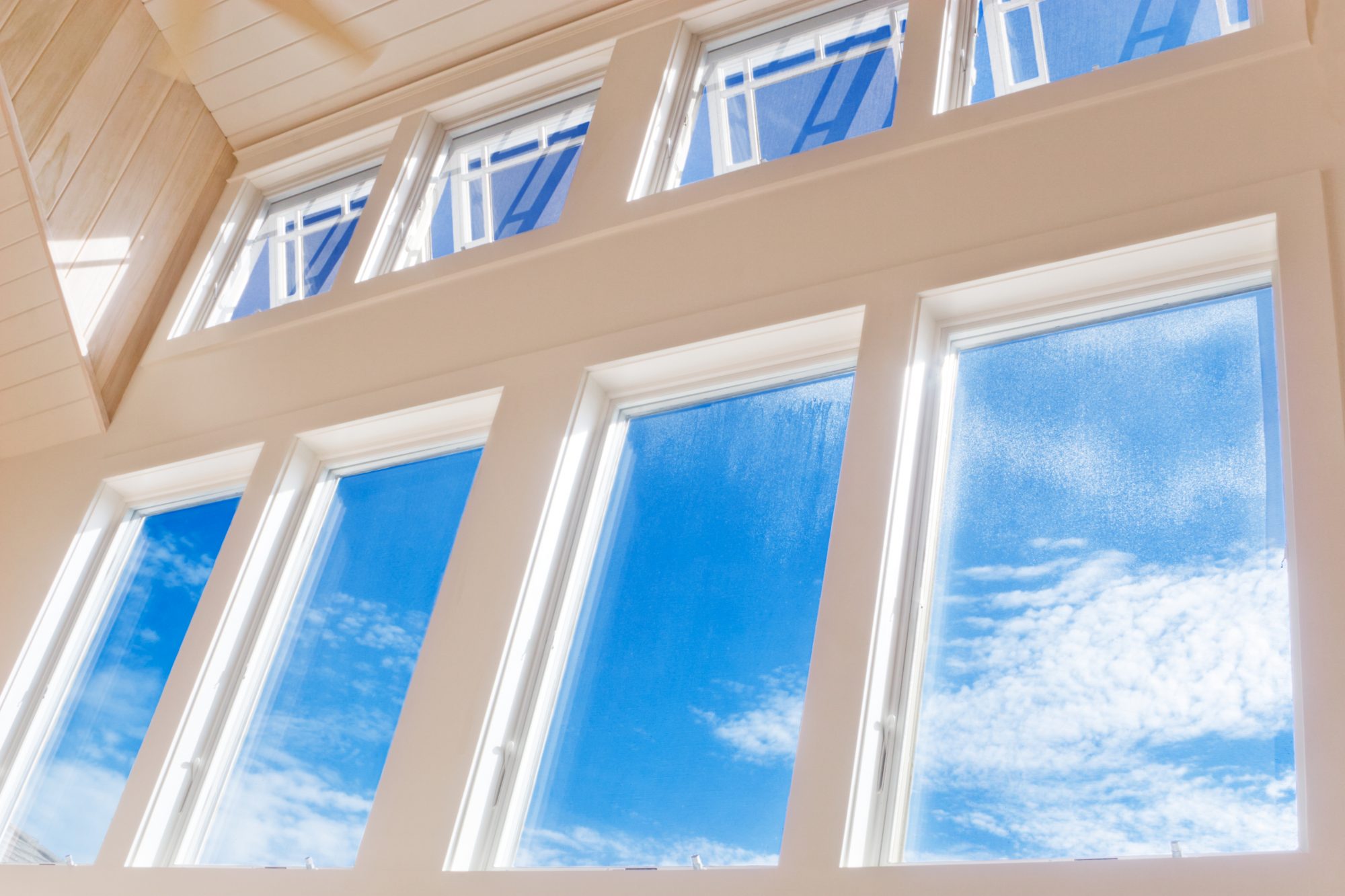Changes to Part L and Part F of building regulations came into force on 15 June 2022 as an interim step toward The Future Buildings Standard. NorDan’s Commercial Sales Manager Sonia Travis examines what these changes mean for windows, and what further changes are to come
In December 2021 the Government’s Department for Levelling Up, Housing and Communities (DLUHC) published its findings from the Future Buildings Standard consultation – the second of a two stage review of how building regulations will help decarbonise buildings in the UK.
These changes are intended to reduce carbon emissions from new homes by 30%, and all other new buildings 27% less. The ultimate aim is to reduce total building carbon emissions by a minimum of 75% by 2030 in order to meet wider net-zero climate change targets.
The Future Buildings Standard policy document sets out new building regulations and the proposed changes to Part L (the conservation of fuel and power), and Part F (building ventilation), and introduces a new requirement to address the risk of overheating in new residential buildings.
The full technical specification of the Future Homes Standard will be consulted on in 2023, with new legislation being introduced and implemented by 2025.
However, changes to Part L and Part F were introduced on June 15th as an interim, incremental uplift, in advance of the Future Homes Standards coming into full effect.
Who is effected by changes to building regulations?
The changes to Part L cover both new and existing dwellings, with part L1A laying out new energy efficiency standards for new build homes.
Part L1B covers renovations and extensions to existing homes, and factors in that it is not always possible to meet new build standards, but states that if a thermal element, such as roofs, walls or floors, are being replaced or renovated, then they must meet Part L1A standards.
How do the changes affect window u-values?
The new regulations are changing the maximum allowable u-values, so impacting on window and door specification.
U-values are a measure of heat loss through a material, and they are used to measure how effective a building’s fabric is as an insulator. The lower the u-value, the less heat is being transferred from inside to outside the building.
Prior to the 15th June 2022 the maximum allowable figure for windows stood at 1.6W/m2K. This has now been reduced to 1.2W/m2K, but it is anticipated that this figure will drop to 0.8W/m2K in 2025.
What does this mean for window specification?
Heat is lost through a window’s glazing and frames, so both materials contribute to the u-value, and not all window frame materials are as effective at preventing heat transfer as others.
Timber frames are able to achieve a u-value of 1.2 using just double glazing, and can achieve as low as 0.74 when triple glazed. This is due to timber’s natural insulation qualities as a result of air pockets in the cellular structure of wood.
Interestingly, Part L has given timber frame windows something of a leg-up in the market, because, as a rule PVCu, Aluminium and composite windows, can only achieve a u-value of 1.2 by being triple glazed, which can mean increased project costs and carbon content.
So while some window manufacturers are having to review the design and price of their product ranges, NorDan’s customers are safe in the knowledge that our windows have met the standards set by Part L for many decades, because our timber windows are designed and tested to exceed British Standards for weather performance.
Whether it is thermal bridging, air permeability or thermal transmittance, NorDan’s typical double-glazed windows are best-in-class, meaning that we can achieve new Part L, and we can meet 2025’s predicted change to standards with ease today.
For those manufacturers being forced to switch from double to triple glazing to meet 1.2, this will also impact on the whole life carbon of building construction and refurbishments, because the extra materials required will increase the embodied carbon – the emissions generated from material abstraction and manufacture.
Sustainably sourced timber building materials are also a tick in the net-zero carbon box because timber is a natural carbon sink, so carbon negative at the point of manufacture. This means it absorbs and stores more carbon than it emits during its growth time.
To assist customers and specifiers make informed carbon related decisions, NorDan has invested in securing Environmental Product Declarations (EPDs) for the vast majority of its range. These are independently verified carbon audits that transparently breakdown all of a product’s embodied and operational carbon.
Finally, if anyone in the industry requires any advice on the impact of the shifting building regulations on windows, or how windows can help contribute to net-zero, then please contact our expert specification team via our website.

Commercial Sales Manager
NorDan UK Ltd














